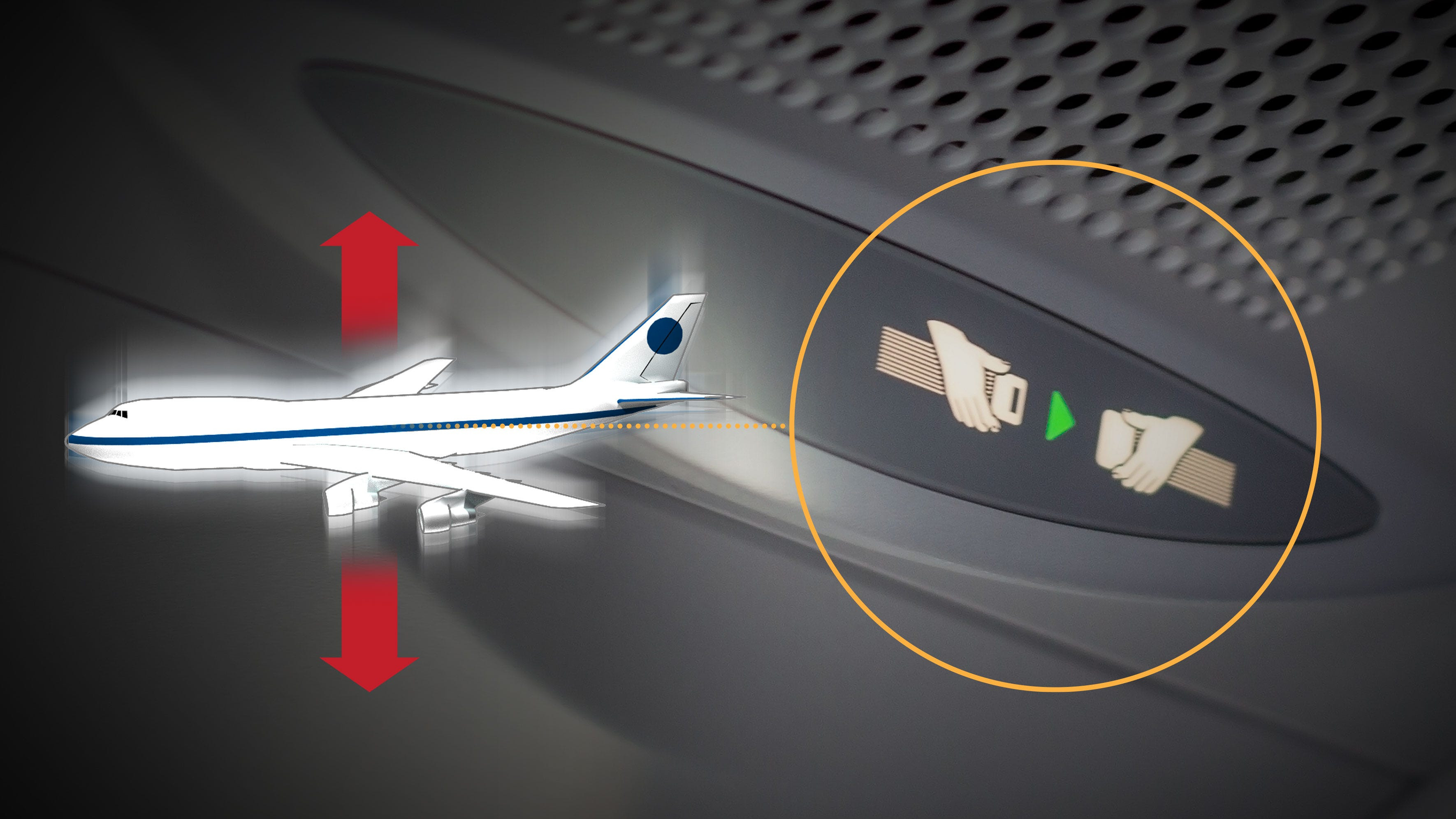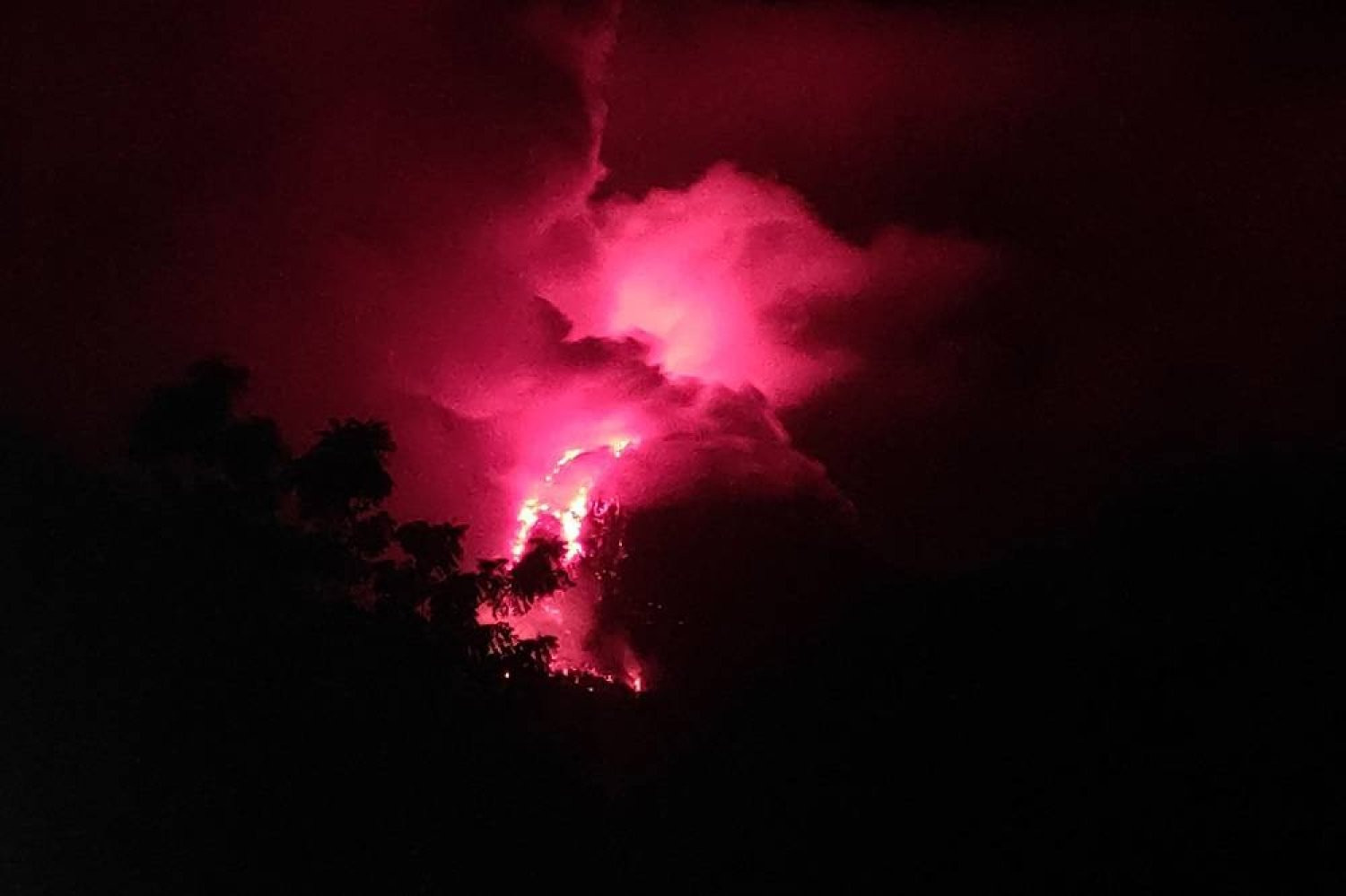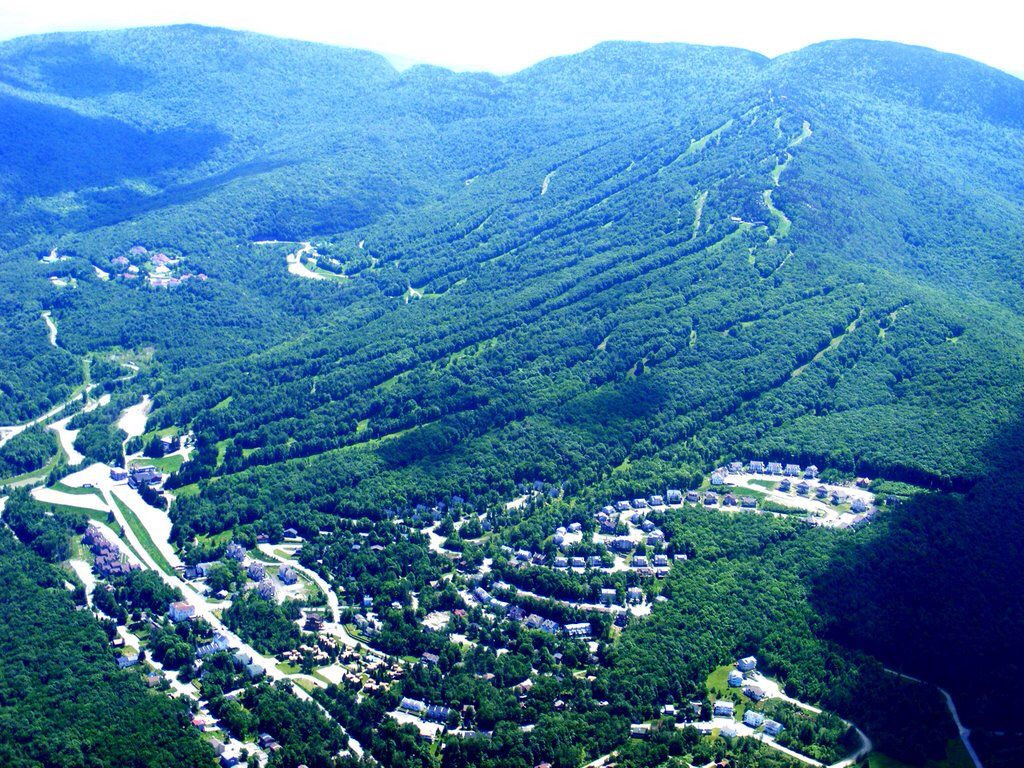“We’re expecting a pretty smooth flight on our way to Aspen today, at least until we cross the Utah border,” the pilot says, mumbling in that barely audible way that pilots do. “We’re going to offer service in the first 45 minutes and turn the seatbelt sign on for the duration of the flight. It’s going to be a bumpy ride.”
I can feel my heart rate elevate and my hands shake just slightly as I dig through my purse looking for the Xanax I was prescribed for this exact situation — for the anxiety I feel when I fly. I also order a beer, and pretty much chug it without even bothering to put the tray table down because I don’t want to have to put it back into its upright position when the turbulence comes.
This fear of flying is kind of a new thing. I don’t know if it has to do with becoming a mother, but my anxiety began to increase after I had Levi. Especially when it comes to turbulence.
The first time we experienced it together was on a flight from San Jose, Costa Rica, back to Denver. The pilot got on the horn, and once again, in that infuriatingly garbled mumble, said, “Hey folks, we’re going to be circling here due to windstorms in the Denver area, but don’t worry, we have enough fuel for about an hour.”
I looked at Ryan and whisper-shouted, “Windstorms? What is that? Code for tornados?”
For the next hour and a half, we circled over Denver, the plane bouncing around like a ping-pong ball, the walls rattling and creaking; it as as though you could hear the screws bending and coming loose from the fuselage, a word I know from movies about plane crashes.
I whisper-shouted to Ryan, “Does the pilot not remember he told us we have enough fuel for an hour, 90 minutes ago?” I looked around frantically, trying to decipher if I was the only one in a full-blown panic.
For months after that, every time it was windy, Levi said, “Mom, good thing we’re not in an airplane right now!”
In May, we were flying from New York City to Denver when, somewhere across the plains, we encountered a storm.
The plane seemed to drop out of the sky, not once but four times. I screamed. One flight attendant hit her head on the ceiling. My dad was still in the bathroom, and I alerted one of the flight attendants who leaned over without getting out of her seat and knocked on the door. We heard the toilet flush.
“Well, that’s a good sign,” she said.
Dad came out of the bathroom with a goofy smile on his face and blood soaking the sleeve of his shirt.
“You’re bleeding,” I screamed.
The flight attendant picked up the phone and says, “Do we have a medical professional on board?” Just what all the other passengers didn’t want to hear.
A stout woman with short gray hair made her way to the back and told us she is a doctor who works in a Denver prison. We all nodded in unison, thinking that would work. She dealt with his wound and we all survived the incident.
Turbulence on the Rise
Since then, there have been several reports that turbulence is getting increasingly worse due to climate change. More flights have encountered what’s been dubbed as “clear air turbulence,” which occurs without clouds or bad weather. The cause is wind shear or sudden changes in wind direction that are the result of increases in global temperatures. There have been reports of several flights that have encountered turbulence so severe that multiple injuries on board required emergency landings to hospitalize passengers.
The most serious of these was the flight from London to Singapore Airlines last May that encountered turbulence so severe, it killed one person and injured more than 100 people, forcing an emergency landing in Bangkok, Thailand. Experts expect turbulence to get exponentially worse with no real way of being able to predict or even detect it.
The Science Behind the Bumps
Air turbulence is broadly defined as the meeting of air at different temperatures, pressure, or velocity. One study showed that dangerous clear-air turbulence (CAT), which occurs in clear skies, has increased significantly. Over the North Atlantic, one of the world’s busiest flight routes, the total annual duration of severe turbulence increased by 55% from 1979 to 2020. The study, published in the journal Geophysical Research Letters, found that these increases were “consistent with the expected effects of climate change.”
This type of turbulence is primarily driven by wind shear in the jet stream — a rapid change in wind speed with altitude. As climate change continues, the temperature contrast between warm and cold air masses in the upper atmosphere grows, leading to stronger wind shear and a less stable jet stream. This creates conditions more prone to generating turbulence.
“Projections suggest that the occurrence of severe CAT could triple by the year 2100 if current global warming trends persist,” said John Wadhams, managing director of global aviation & space at WTW.
Airlines Respond to Growing Risk
Airlines are taking the growing risk of turbulence seriously. The International Air Transport Association (IATA) launched the ‘Turbulence Aware’ program to integrate turbulence observations directly into flight operations in real time.
Airlines are also encouraging passengers to keep their seatbelts fastened during the entire flight, even if the seatbelt sign is off. They are also including new safety instructions to prevent and increase awareness of passengers and crew of potential turbulence-related injuries. Some airlines are even changing in-flight services to protect flight attendants and passengers from burns with hot beverages while experiencing turbulence events.
A New Era of Turbulence
The increase in turbulence is just one example of how climate change is disrupting the aviation industry. As temperatures continue to rise, we can expect to see more extreme weather events, which will further impact air travel. The aviation industry needs to adapt to these changes, and that includes investing in new technologies and strategies to mitigate the risks of turbulence and other climate-related challenges.
Buckle Up for the Future
I don’t want to be fatalistic when it comes to the future of our planet or to give in to the generally apocalyptic feeling I have about where things are headed. We have to keep living our lives. All we can do is buckle up and get ready for takeoff.

















